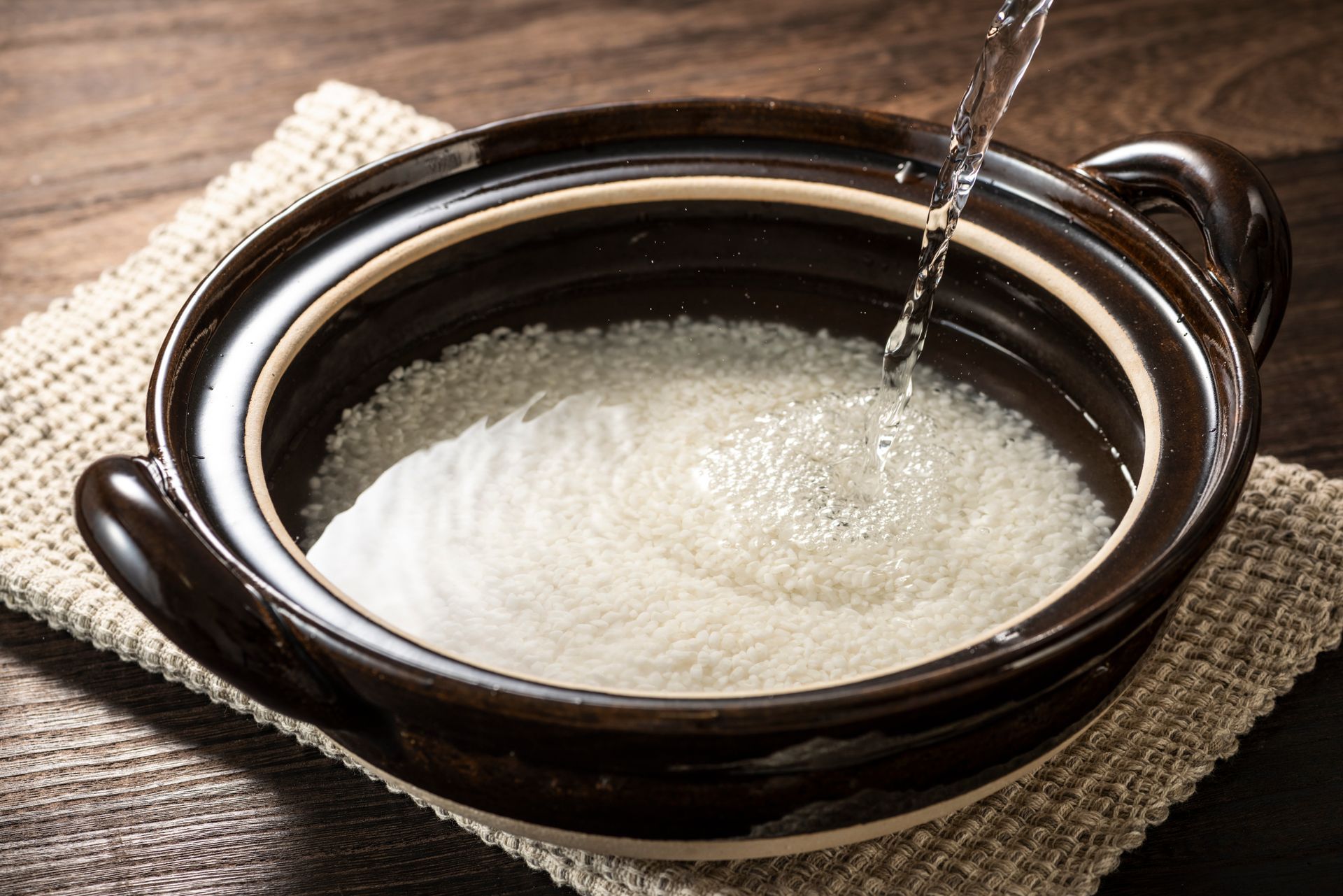Explore the World of Rice: From Basmati to Arborio
Rice is one of the most versatile and essential ingredients found in global cuisine. With numerous varieties that each bring unique flavors and textures, understanding the different types of rice can elevate your cooking from ordinary to extraordinary. Whether you're preparing an Indian biryani or an Italian risotto, choosing the right rice variety is key. In this article, we explore the unique characteristics of basmati rice, jasmine rice, and arborio rice, and provide tips for cooking with each type.
How Different Rice Varieties Impact Dishes

The type of rice you choose can significantly influence the outcome of your dish. Rice varieties are not interchangeable, as each has specific qualities that affect flavor, texture, and how they absorb seasonings and liquids. For instance, basmati rice is renowned for its long, slender grains and fragrant aroma, making it ideal for Indian and Middle Eastern dishes. In contrast, jasmine rice is known for its slightly sticky texture and subtle floral notes, perfect for Thai and other Southeast Asian recipes. Arborio rice, with its high starch content, is essential for creating the creamy texture of a traditional Italian risotto.
The Unique Flavors of Basmati, Jasmine, and Arborio Rice
Basmati Rice
Basmati rice is prized for its light, fluffy texture and unique, nutty flavor. Grown primarily in the foothills of the Himalayas, basmati grains elongate significantly when cooked. The distinctive aroma of basmati rice comes from a compound called 2-acetyl-1-pyrroline, which gives it a rich, inviting scent.
This variety is ideal for dishes like biryani, pilaf, and even simple steamed rice that serves as a base for curries.

Jasmine Rice
Jasmine rice hails from Thailand and is known for its slightly sticky consistency when cooked. Its soft texture and mild floral fragrance pair well with stir-fries, curries, and steamed dishes. Jasmine rice holds flavors well, making it a versatile option for both savory and sweet recipes. Popular in Southeast Asian cuisine, jasmine rice can also be used as a side dish to balance bold, spicy main courses.

Arborio Rice
Arborio rice is the go-to choice for risotto due to its high starch content. This Italian rice variety has short, plump grains that release starch as they cook, creating a creamy, rich texture that is perfect for dishes like risotto and rice pudding. Arborio rice can absorb flavors effectively, making it a canvas for various seasonings and ingredients, from saffron and mushrooms to seafood.

Tips for Cooking Each Type of Rice
Cooking Basmati Rice
To cook basmati rice, rinse the grains thoroughly to remove excess starch and achieve a fluffier texture. Use a water-to-rice ratio of 1.5:1 and add a touch of oil or butter to enhance the rice's natural flavor. Let the rice simmer on low heat until all the water is absorbed, then let it rest for 5-10 minutes before serving.

Cooking Jasmine Rice
For jasmine rice, the water-to-rice ratio is typically 1:1. Rinsing is optional but recommended for a softer texture. Cook the rice on low heat and let it rest after steaming to lock in its fragrance and achieve the perfect, slightly sticky texture.
Cooking Arborio Rice
When preparing arborio rice for risotto, avoid rinsing the grains to retain the starch. Begin by sautéing the rice in a bit of oil or butter, then gradually add warm broth while continuously stirring. This method helps release the starch, resulting in a creamy dish. Seasonings like Parmesan cheese and herbs can be added towards the end for added depth.

A Beginner's Guide to Choosing the Right Rice
When choosing a rice variety, consider the dish you're preparing and the flavor profile you want to achieve. For light and aromatic rice dishes, basmati rice is your best choice. For meals that require a slightly sticky and fragrant base, jasmine rice is ideal. If you’re aiming for a creamy, rich texture, arborio rice is essential. Familiarizing yourself with these global rice types can help you make informed decisions that enhance your cooking.

The Health Benefits of Rice Varieties
Different rice varieties offer unique nutritional benefits. Basmati rice is low in fat and contains a moderate amount of protein, making it a healthy choice for balanced meals. Jasmine rice has a similar nutrient profile but is slightly higher in calories. If you choose brown jasmine rice, you’ll benefit from additional fiber, which supports digestive health.
Arborio rice is higher in starch, contributing to its creamy texture but also making it more calorie-dense. However, it is an excellent source of energy, making it a popular choice for those needing a nutrient-rich meal. Overall, rice is gluten-free and easy to digest, fitting well into a variety of diets, including plant-based food plans.

Conclusion
From the aromatic basmati rice of India to the creamy arborio rice of Italy, rice varieties play an essential role in global cuisines. Understanding the distinct characteristics and cooking methods of each type can elevate your dishes and provide a greater appreciation for this versatile crop. Whether you’re making a delicate pilaf, a comforting risotto, or a fragrant stir-fry, choosing the right rice is crucial. Embrace the world of rice and enrich your culinary experiences with flavors and textures that span the globe.
Join Our Newsletter
And be advised when new content is coming up
News Letter











